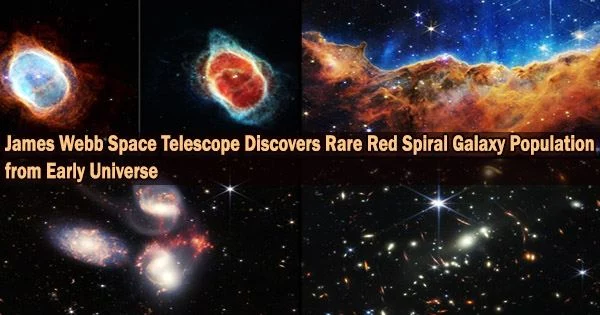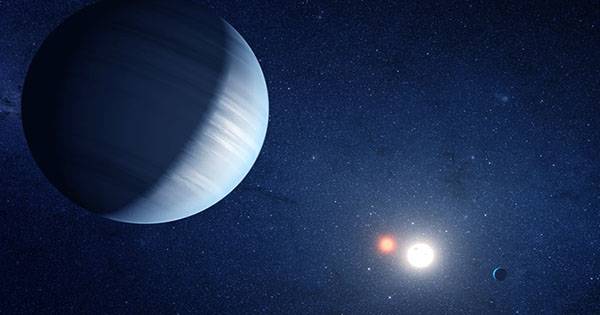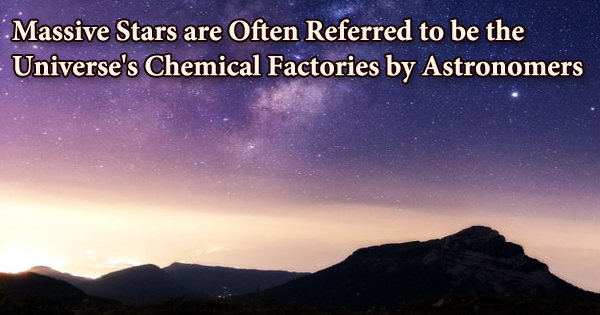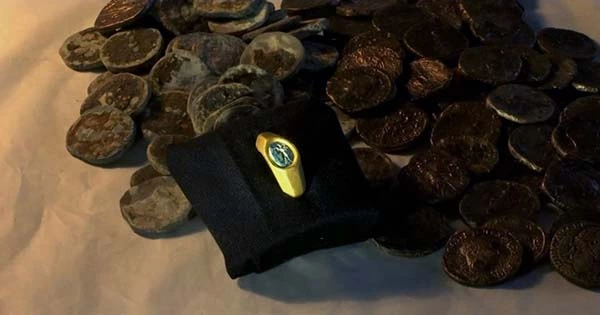Spiral galaxies are among the most beautiful objects in the cosmos. Among these, spiral galaxies in the far reaches of the universe hold important clues to their genesis and development. However, because these galaxies are too far away to investigate in detail, we only have a limited comprehension of them.
“While these galaxies were already detected among the previous observations using NASA’s Hubble Space Telescope and Spitzer Space Telescope, their limited spatial resolution and/or sensitivity did not allow us to study their detailed shapes and properties,” explains Junior Researcher Yoshinobu Fudamoto from Waseda University in Japan, who has been researching galaxies’ evolution.
Now, NASA’s James Webb Space Telescope (JWST) has taken things to the next level. JWST has successfully captured infrared photos of a population of red spiral galaxies at a population of the galaxy cluster SMACS J0723.3-7327 at an unprecedented resolution, revealing their morphology in detail!
In light of this, a group of researchers led by Waseda University, Japan’s Prof. Akio K. Inoue and Dr. Yuma Sugahara presented unexpected insights on these red spiral galaxies in a recent study that was published in The Astrophysical Journal Letters on October 21, 2022.
The researchers concentrated on the two reddest galaxies, RS13 and RS14, out of the several red spiral galaxies they found. The researchers determined the distribution of energy over a broad wavelength range for these galaxies using spectral energy distribution (SED) analysis.
Our study showed for the first time that passive spiral galaxies could be abundant in the early universe. While this paper is a pilot study about spiral galaxies in the early universe, confirming and expanding upon this study would largely influence our understanding of the formation and evolution of galactic morphologies.
Yoshinobu Fudamoto
According to the SED analysis, these red spiral galaxies originated in the early cosmos at the “cosmic noon” (8–10 billion years ago), a time that came after the Big Bang and the “cosmic dawn.” Surprisingly, these spiral galaxies are among the farthest yet identified.
Rare, red spiral galaxies account for only 2% of the galaxies in the local universe. The fact that red spiral galaxies were discovered in the early cosmos from a JWST scan that only covered a little portion of space shows that there were many of these galaxies around at that time.
Contrary to the intuitive anticipation that galaxies in the early universe would be actively producing stars, the researchers also found that one of the red spiral galaxies, RS14, is a “passive” (not forming stars) spiral galaxy.
This discovery of a passive spiral galaxy inside the JWST’s narrow field of view is especially unexpected since it raises the possibility that there were numerous passive spiral galaxies in the early universe.
Overall, this study’s findings greatly expand our understanding of both the universe and red spiral galaxies.
“Our study showed for the first time that passive spiral galaxies could be abundant in the early universe. While this paper is a pilot study about spiral galaxies in the early universe, confirming and expanding upon this study would largely influence our understanding of the formation and evolution of galactic morphologies,” concludes Fudamoto.
















